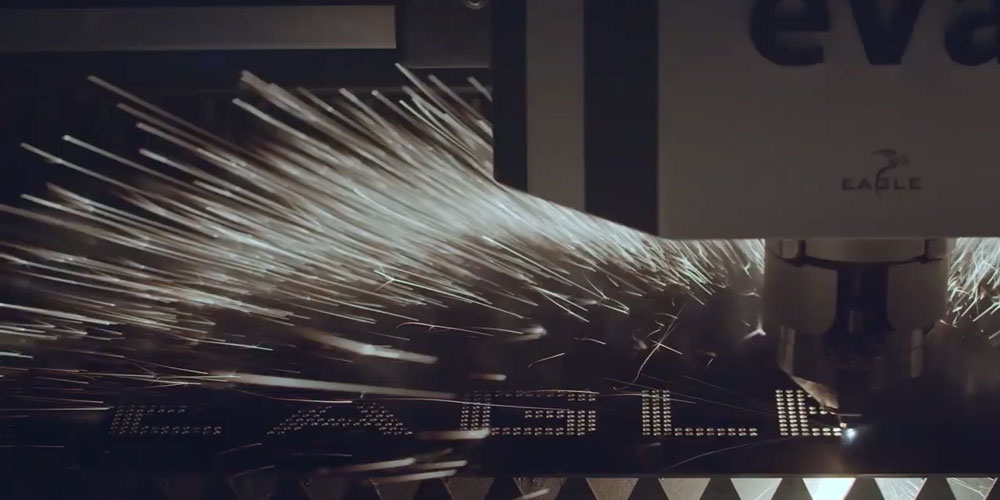
Save Costs with Fiber Lasers; Less Cooling & Power Requirements
Aside from the power, speed and cut quality advantages, one of the top benefits of Fiber Lasers is how they allow you to save big on operating costs. Many fabricators shy away from the upfront costs of Fiber Lasers, without considering the reduced costs for power and cooling requirements – this can significantly improve ROI for your business.
Energy consumption is a big part of operating costs in metal fabrication and fiber lasers are coming out on top in this respect. In fact, fiber lasers could save you up to 50% (in comparison with a similarly powered CO2 machine) on your shop’s energy bill. That cost savings can have a huge impact on your bottom line.
Why do Fiber Lasers consume less power?
The top 3 reasons for lower energy consumption in fiber lasers are:
· Higher energy efficiency
· Less time for power-up
· Smaller cooling requirements
Higher energy efficiency in Fiber Lasers
Overall energy consumption of fiber lasers is around 3 to 5 times less than CO2 machines. Fiber lasers have an energy efficiency of 30%, compared to CO2 machines, which see approximately 10%, according to Canadian Metalworking. This higher electrical efficiency will drive down your operating costs drastically.
Plus, solid state resonators require less electrical input for the same or better output. Especially when cutting thin materials, fiber lasers require less wattage than CO2. For example, a 2kW fiber laser can cut thin materials as fast as a 4-5kW CO2.
Hibernation to reduce power up time
The ability to hibernate when not in use is a key energy-saving feature for fiber lasers. Power up time for CO2 machines is so significant that they need to be constantly running to be efficient. This is represents a lot of wasted energy. In contrast, many solid state resonators hibernate after-hours and power up immediately when needed.
Small cooling requirements cut power consumption
Another key reason for fiber lasers’ lower energy consumption is reduced cooling requirements. Compared to CO2 machines, chiller capacity is substantially reduced. This is thanks to fiber lasers’ compact design with no mirrors, power supplies or blower to cool.
CO2 machines typically have 6 to 12 mirrors tasked with bouncing the beam from the resonator to the head. These mirrors must be cooled, requiring a large and complex coolant circuit. With no mirrors or complicated moving parts, fiber lasers have a huge advantage with lower power consumption.
Bonus: Take advantage of government energy incentives
On top of slashing your energy bill by up to 50%, the power-saving features of fiber lasers come with an added benefit: government energy credits or rebates. While they vary by region, it is worth checking what incentives your province offers for adopting energy-saving technology.

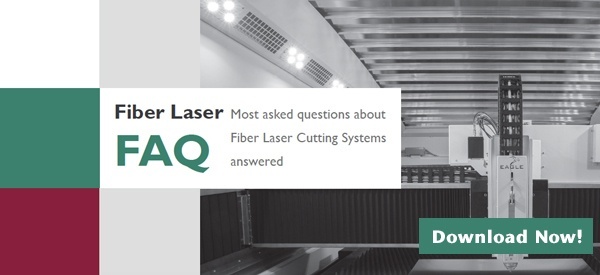



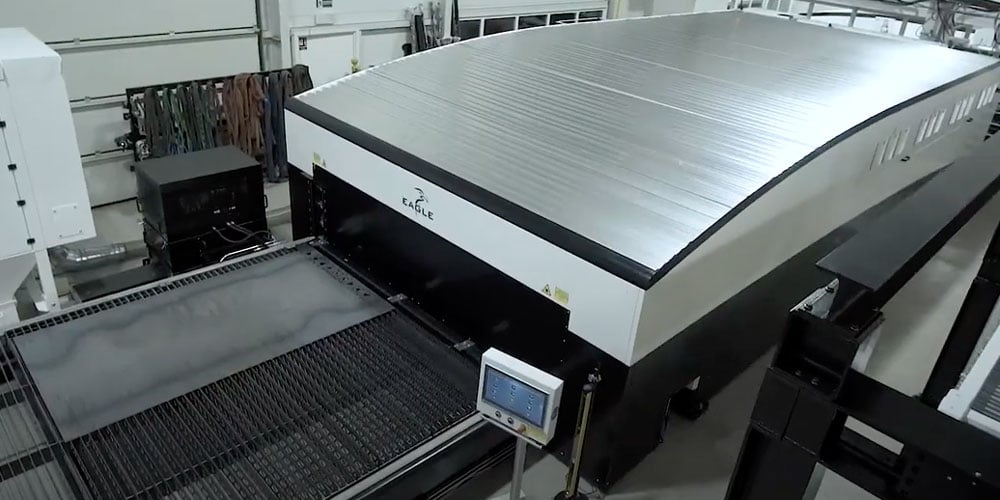

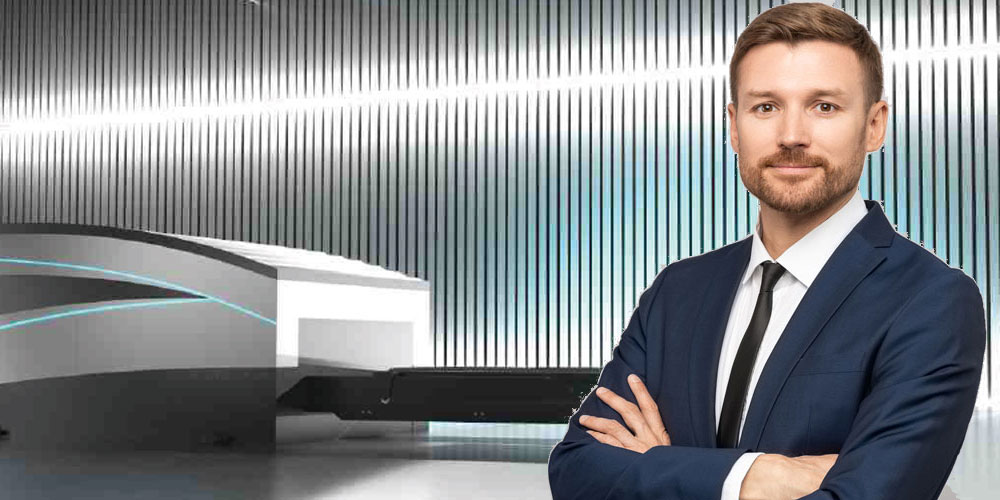
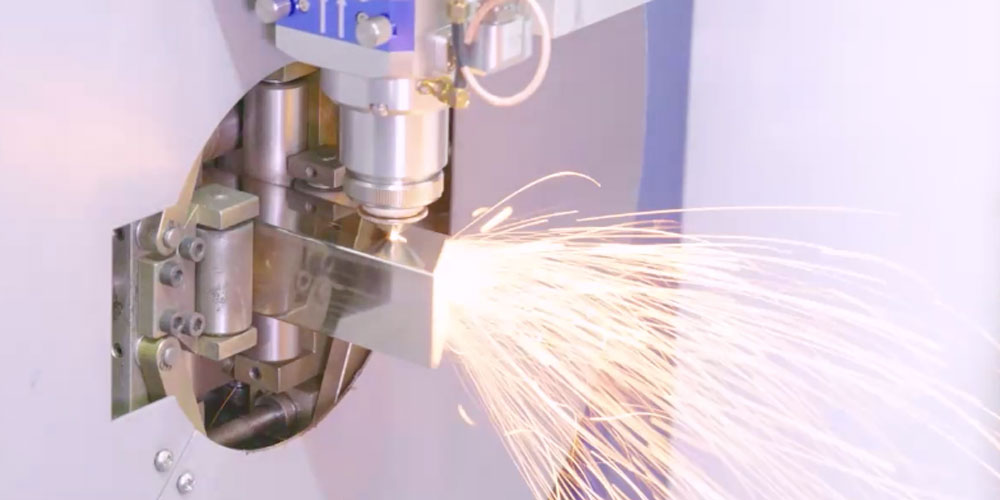

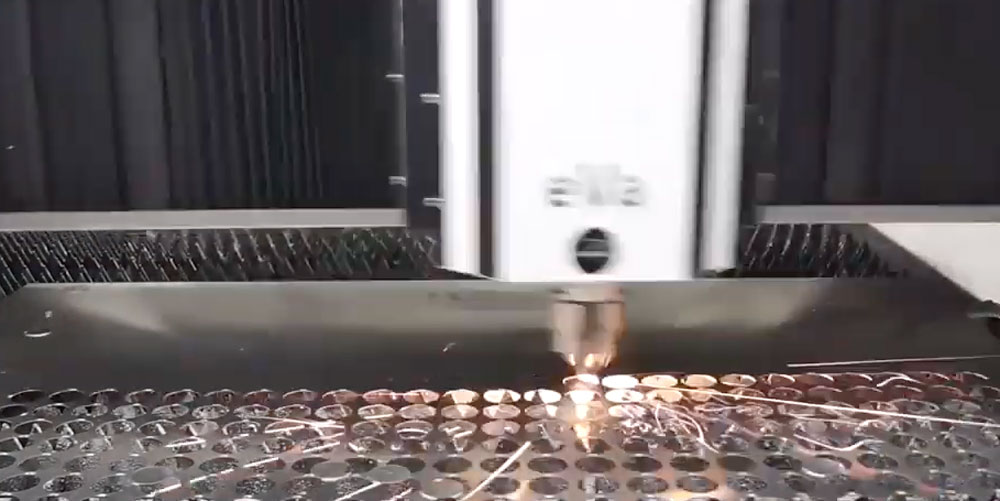


Comments
Add Comment